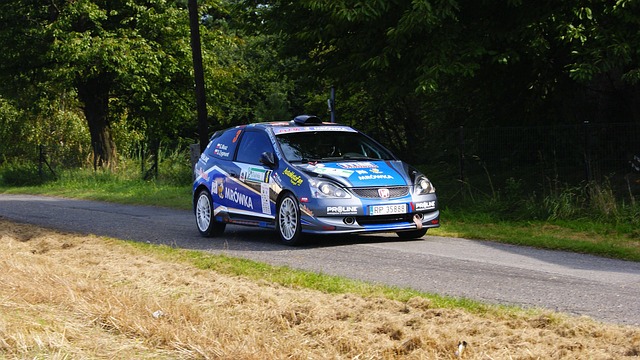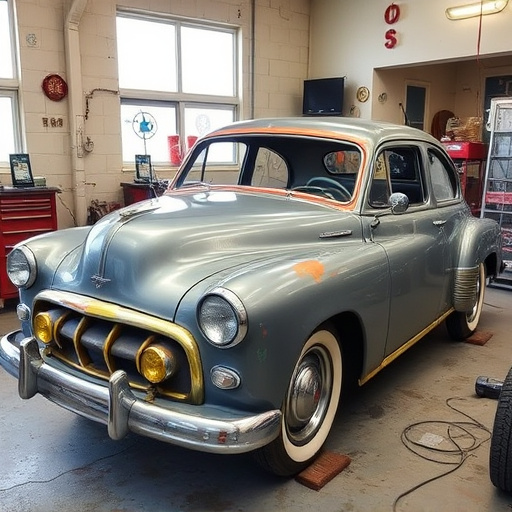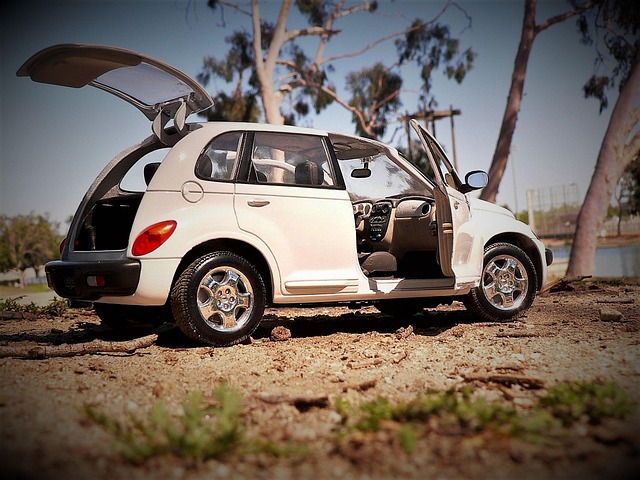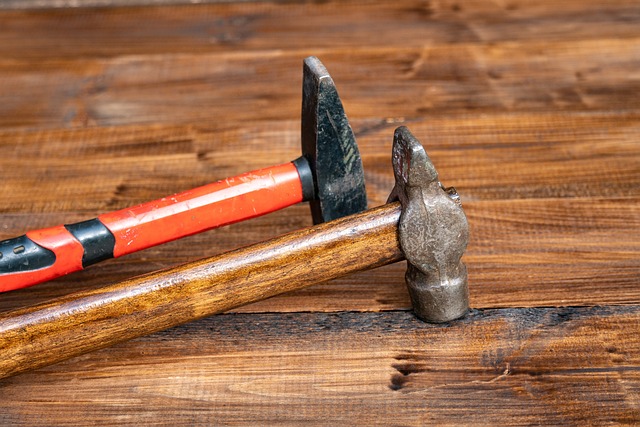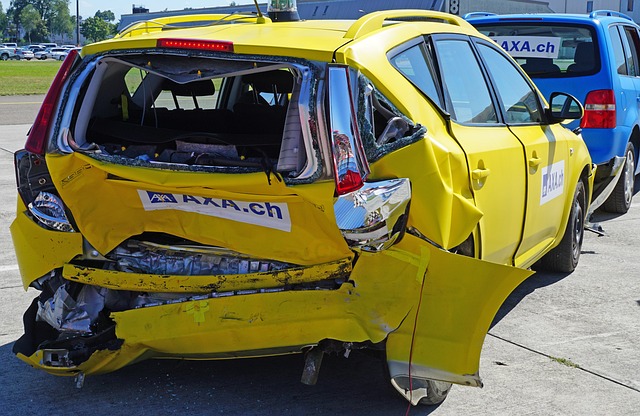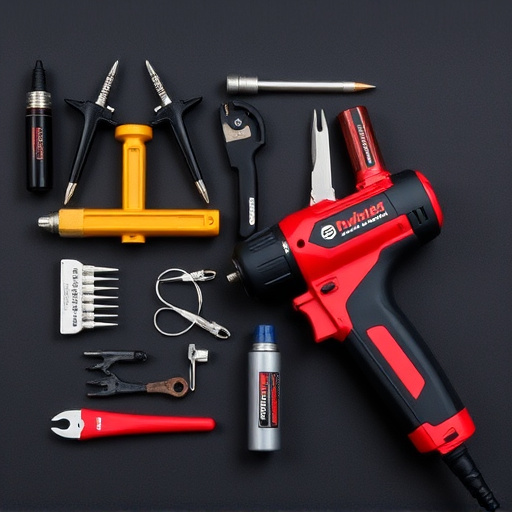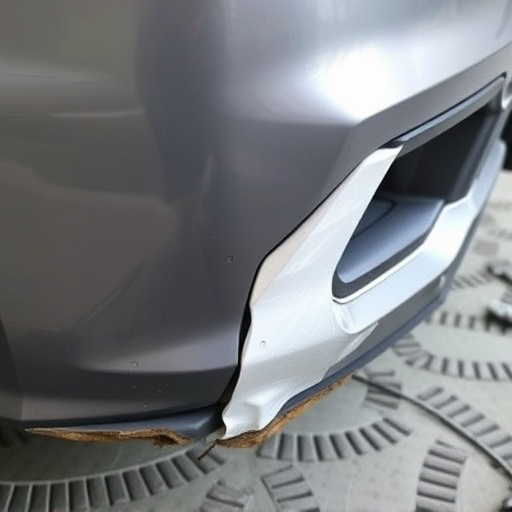Collision repair technicians are automotive experts who expertly assess and restore damaged vehicles, using advanced tools like digital measuring equipment and CAD software to accurately diagnose issues from minor dents to complex structural damage. They craft detailed repair plans, disassemble components for comprehensive access, source compatible parts, provide cost estimates, and ensure safety and aesthetic considerations throughout the process. Their mastery of various repair tasks, from simple paint jobs to major frame straightening, guarantees vehicles are restored to—or even improved upon—their pre-accident condition.
Collision repair technicians play a vital role in bringing vehicles back to their pre-accident condition. Skilled technicians must possess a multifaceted skill set to handle diverse vehicle damage, from dent removal to complex structural repairs. This article delves into the key responsibilities of these professionals, focusing on assessment and planning, performing repairs with precision and adherence to safety standards, and ensuring quality control while fostering exceptional customer service. By exploring these aspects, we uncover the essential skills required to excel in the field of collision repair.
- Assessing Damage and Planning Repairs
- – Understanding various types of vehicle damage
- – Conducting thorough inspections and diagnosing issues
Assessing Damage and Planning Repairs
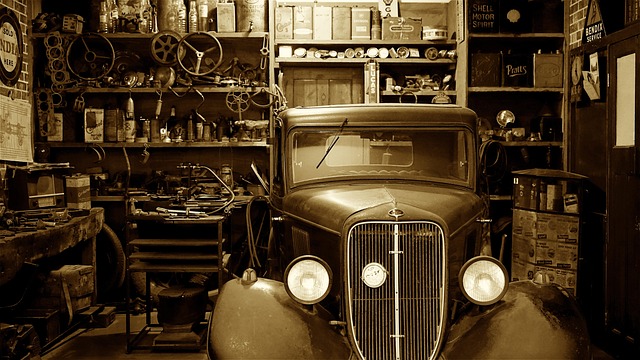
Collision repair technicians are experts in assessing damage and planning repairs for vehicles involved in accidents. The initial step involves carefully examining the vehicle to identify structural damage, including dents, cracks, or deformations in panels like doors, fenders, and bumpers. Technicians use a variety of tools and methods, such as digital measuring equipment and computer-aided design (CAD) software, to accurately determine the extent of the damage.
Once damage is assessed, collision repair technicians create detailed repair plans. This includes disassembling components like doors or fenders to access hidden areas, identifying parts that require replacement, and sourcing compatible parts for exact fitment. The planning stage also involves estimating costs and timeframes, ensuring that customers are well-informed about the repair process. Effective planning is key to successfully restoring vehicles to their pre-accident condition, focusing on both safety and aesthetics, including meticulous car paint repair and bumper repair tasks.
– Understanding various types of vehicle damage

Collision repair technicians are adept at understanding and addressing various types of vehicle damage, a key aspect of their role. They must be able to assess and identify different types of damage, from minor scuffs and dents to more severe frame straightening issues and complex car bodywork repairs. This involves meticulous inspection using advanced tools and technology to pinpoint the extent of the harm.
These professionals are well-versed in various repair techniques, including fender repair, which often requires precision and skill to ensure a seamless finish. They must possess the knowledge to handle both routine and intricate tasks, from simple paint jobs to major structural repairs, thereby ensuring vehicles return to their pre-collision condition or even surpass it with enhanced safety features.
– Conducting thorough inspections and diagnosing issues

Collision repair technicians are adept at conducting thorough inspections and diagnosing issues with vehicles. They begin by meticulously examining the damaged area, using a combination of visual assessments, diagnostic tools, and their extensive knowledge of automotive construction. This process involves identifying not just the visible damage but also potential hidden issues that might have been caused by the collision. By thoroughly understanding the extent of the damage, these technicians can develop effective repair strategies for each component of the vehicle.
Their diagnostic skills extend to pinpointing the root cause of the problem, whether it’s a simple dent or a more complex structural issue. This is where their expertise in body shop services truly shines, as they know exactly how to handle various types of damages, from minor scrapes and dings to significant frame damage. By accurately diagnosing and documenting the repairs needed, collision repair technicians ensure that every vehicle returns to its pre-collision condition or even exceeds it, thanks to top-notch auto repair services.
Collision repair technicians play a vital role in restoring vehicles to their pre-accident condition. By mastering the art of assessing damage, from subtle dents to complex structural issues, these professionals ensure precise and efficient repairs. With a keen eye for detail and a deep understanding of various vehicle makes and models, they can accurately diagnose problems, create comprehensive repair plans, and deliver top-quality work. Their expertise in using advanced tools and techniques not only enhances the safety and performance of vehicles but also contributes to customer satisfaction, making them indispensable in the automotive industry.

